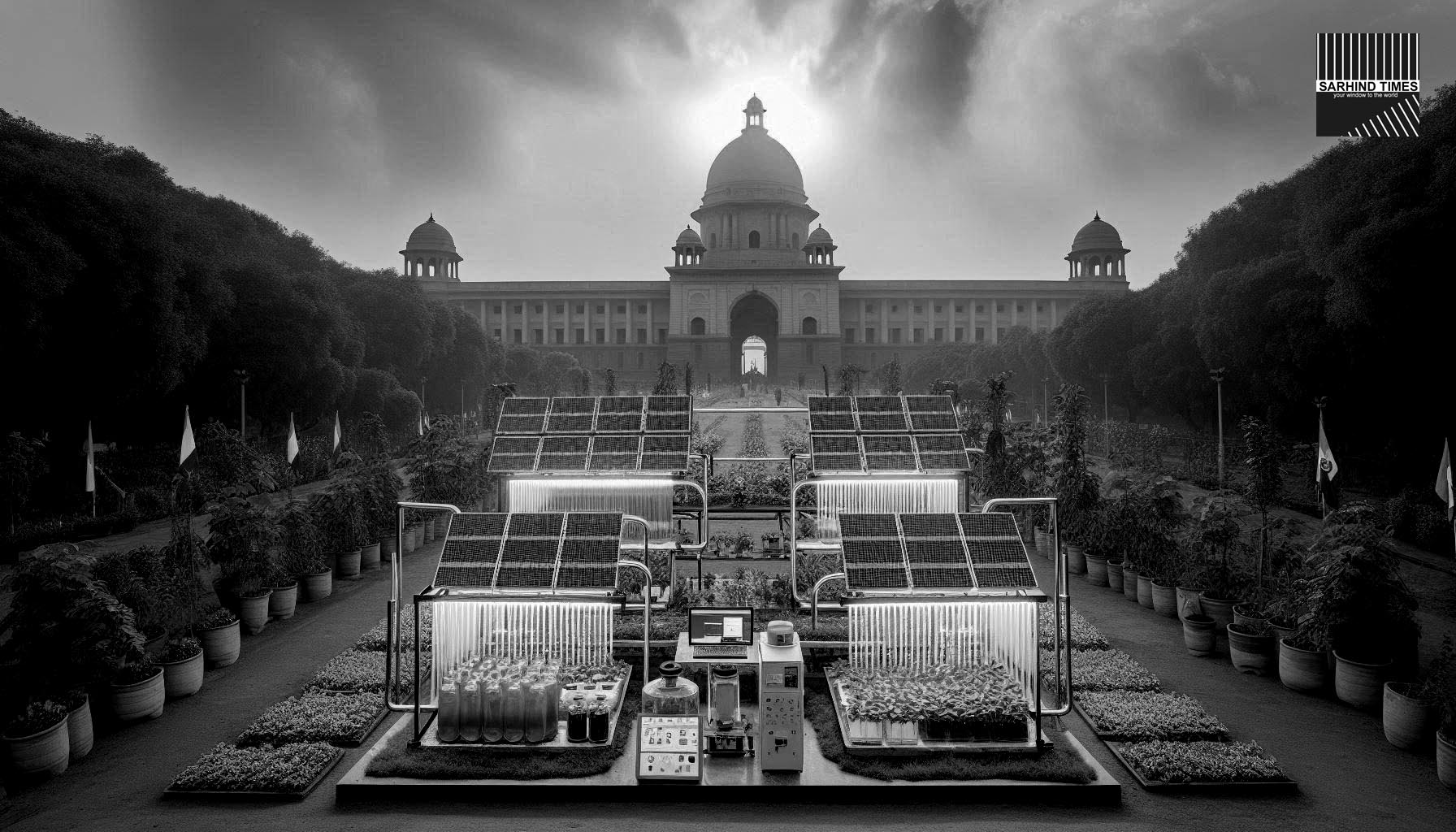NSUT’s Innovative Project: Generating Electricity Through Hydroponic Gardening
Netaji Subhas University of Technology (NSUT) has embarked on an innovative project to generate electricity using hydroponic gardening techniques. This groundbreaking project, spanning 709 square meters within the campus, is producing 231 megawatts per cubic meter of electricity. According to researchers involved, this is the first project of its kind in Delhi and is currently at an experimental stage. Positive results could lead to its expansion.
Plant Microbial Fuel Cell (PMFC) Technology
The project utilizes Plant Microbial Fuel Cell (PMFC) technology, which leverages the partnership between plants and bacteria to convert sunlight into electricity. During photosynthesis, plants use 40% of the sun’s energy for themselves, while the remaining 60% is utilized by bacteria, which break it down to release electrons. These electrons are then harvested to produce electricity.
Dr. Akhilesh Dubey, Assistant Professor at NSUT, explained that this technology focuses on the 60% of energy that plants do not use. By employing specific bacteria to break down this energy, the project can generate bioelectricity. Currently, the project produces approximately 281 megawatts per cubic meter of electricity.
Promoting Research and Innovation
The primary aim of this project is to promote horticultural education and innovation. It is expected to benefit both entrepreneurs and farmers, providing insights into hydroponic farming methods for vegetables, medicinal plants, flowers, leafy greens, and wheat. The project also contributes to pollution control, water conservation, and maintaining a clean ecosystem.
New Courses Introduced
To ensure the success of the project, NSUT has introduced two new courses: Hydroponics Technology at the undergraduate level and Controlled Environment Engineering at the postgraduate level. These courses will soon offer internships and certification programs for students from other institutions, aspiring entrepreneurs, and local farmers. The Hydroponics Training and Research Center aims to promote sustainable agriculture and entrepreneurial development.
Bioelectricity Production Process
Experts explain that during photosynthesis, plants use about 40% of the energy they capture, while the remaining 60% goes to the root zone. This energy is not particularly useful for the plants. The project focuses on this 60% energy, using bacteria that can break it down to release electrons. These electrons are then utilized in the PMFC to generate electricity.
So far, approximately 1,200 individuals have received training in this technology. The bioelectricity produced through PMFC is currently being used to power light bulbs in the area. Research is ongoing to increase the capacity of this technology, which is cost-effective for crop production.
For more updates, stay tuned to Sarhind Times.






















+ There are no comments
Add yours